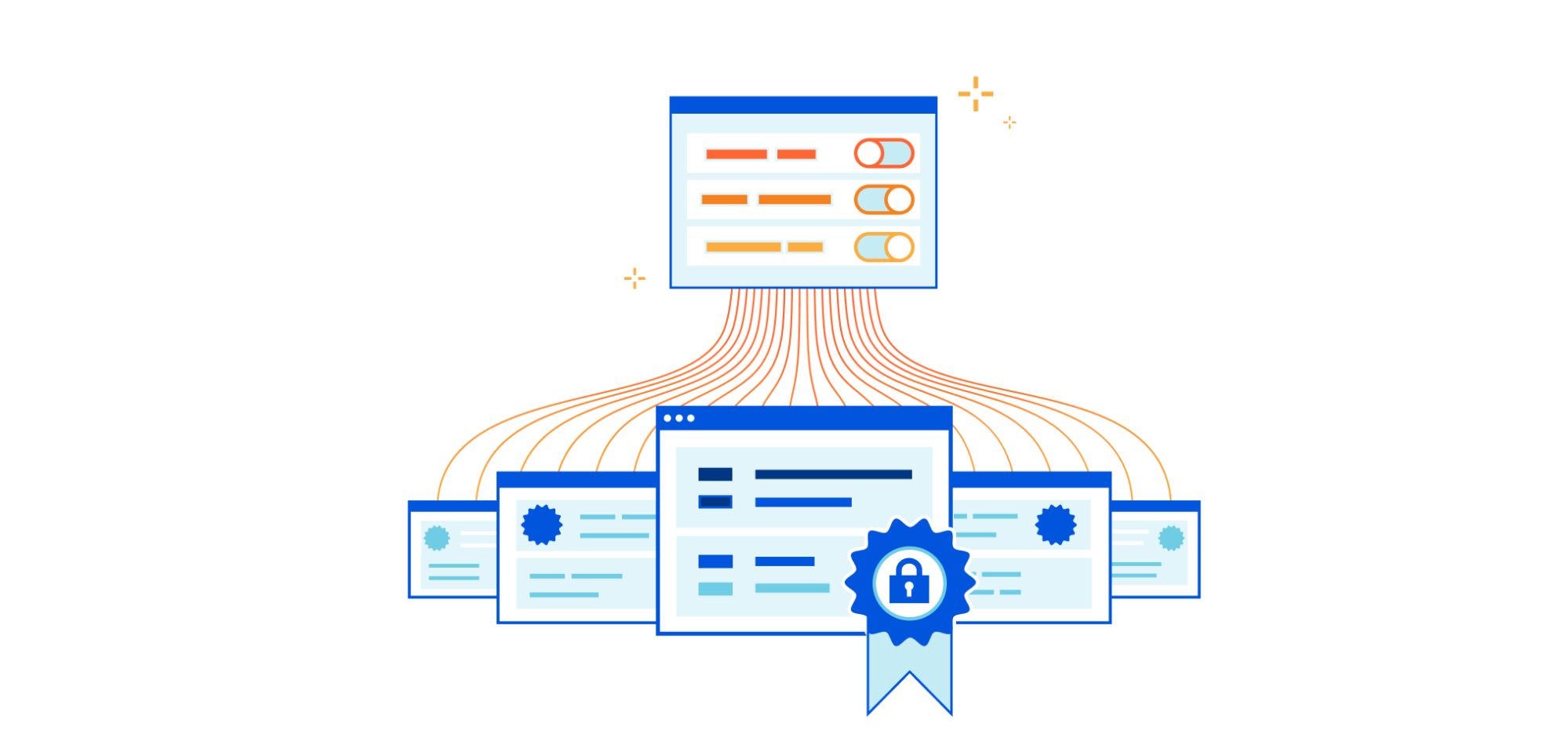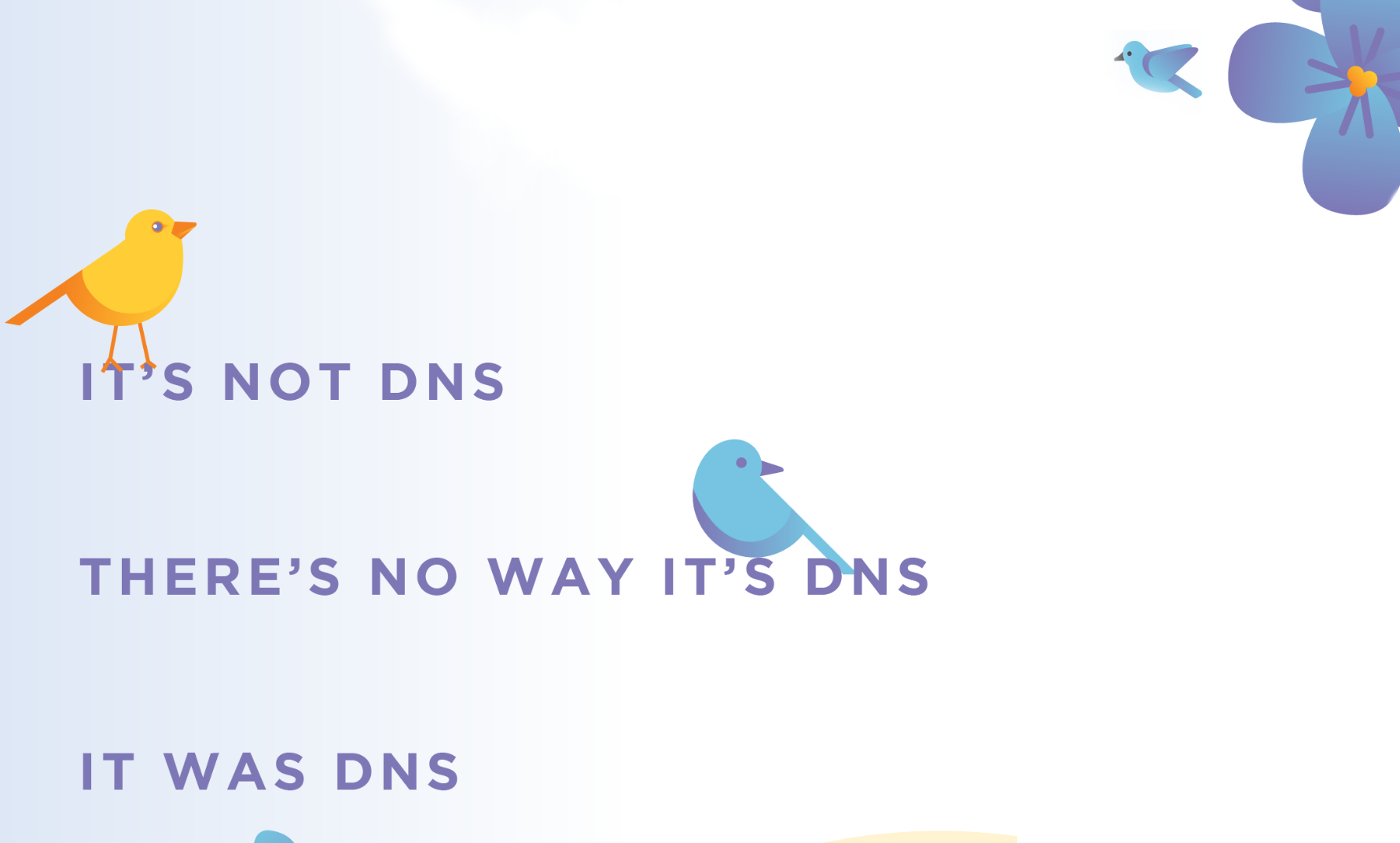Author Archives: Dina Kozlov
Author Archives: Dina Kozlov


We are excited to announce that Enterprise customers now have the ability to test custom uploaded certificates in a staging environment before pushing them to production.
If you’re running a website or the API that’s behind a popular app, you know your users have high expectations: it can't just be up and running; it also has to be fast and secure. One of the easiest and most standardized ways to secure connections is with the TLS protocol. To do that, you need to acquire a TLS certificate for your domain.
One way to get a certificate is by using a CDN provider, like Cloudflare. We make the process really easy by issuing certificates on your behalf. Not just that, but when your certificate is getting closer to its expiration date, we are responsible for re-issuing it. But, if you don’t want Cloudflare to issue the certificate on your behalf and want to obtain the certificate yourself, you can do so. You can either keep control of your private key, or generate a Certificate Signing Request (CSR) through Cloudflare, so we maintain the private key, but you can still use the certificate authority (CA) of Continue reading


In our last blog, we talked about how Cloudflare can help SaaS providers extend the benefits of our network to their customers. Today, we’re excited to announce that SaaS providers will now be able to give their customers visibility into what happens to their traffic when the customer onboards onto the SaaS provider, and inherently, onto the Cloudflare network.
As a SaaS provider, you want to see the analytics about the traffic bound for your service. Use it to see the global distribution of your customers, or to measure the success of your business. In addition to that, you want to provide the same insights to your individual customers. That’s exactly what Custom Hostname Analytics allows you to do!
Imagine you run a SaaS service for burrito shops, called The Burrito Bot. You have your burrito service set up on shop.theburritobot.com and your customers can use your service either through a subdomain of your zone, i.e. dina.theburritobot.com, or through their own website e.g. burrito.example.com.

When customers onboard to your burrito service, they become fully reliant on you to provide their website with the fastest load time, the Continue reading


This past April, we announced the Cloudflare for SaaS Beta which makes our SSL for SaaS product available to everyone. This allows any customer — from first-time developers to large enterprises — to use Cloudflare for SaaS to extend our full product suite to their own customers. SSL for SaaS is the subset of Cloudflare for SaaS features that focus on a customer’s Public Key Infrastructure (PKI) needs.
Today, we’re excited to announce all the customizations that our team has been working on for our Enterprise customers — for both Cloudflare for SaaS and SSL for SaaS.
If you’re running a SaaS company, your solution might exist as a subdomain of your SaaS website, e.g. template.<mysaas>.com, but ideally, your solution would allow the customer to use their own vanity hostname for it, such as example.com.
The most common way to begin using a SaaS company’s service is to point a CNAME DNS record to the subdomain that the SaaS provider has created for your application. This ensures traffic gets to the right place, and it allows the SaaS provider to make infrastructure changes without Continue reading

In 2016, we launched Dedicated Certificates. Today, we are excited to announce that dedicated certs are getting an upgrade… and a new name… introducing Advanced Certificate Manager! Advanced Certificate Manager is a flexible and customizable way to manage your certificates on Cloudflare.
TLS Certificates are the reason you can safely browse the Internet, securely transfer money online, and keep your passwords private. They do that by encrypting your sensitive messages using public-key cryptography that is cryptographically linked to the certificate itself. But beyond that, TLS certificates are used to make an assertion about identity — verifying that the server is who they claim to be. Server Certificates — used by every website — include the website's name on the certificate and is issued by a third-party certificate authority (CA) who verifies that the certificate's information is correct and accurate.
Browsers only let you visit a website when it's encrypted using TLS after it has successfully validated the certificate presented by the server — much like how security checks your ID to board a plane.
We are focusing on securing the Internet now more than ever. We want to make it as easy as possible for any customer to be Continue reading


In DNS, nameservers are responsible for serving DNS records for a zone. How the DNS records populate into the nameservers differs based on the type of nameserver.
A primary master is a nameserver that manages a zone’s DNS records. This is where the zone file is maintained and where DNS records are added, removed, and modified. However, relying on one DNS server can be risky. What if that server goes down, or your DNS provider has an outage? If you run a storefront, then your customers would have to wait until your DNS server is back up to access your site. If your website were a brick and mortar store, this would be effectively like boarding up the door while customers are trying to get in.This type of outage can be very costly.
Now imagine you have another DNS server that has a replica of your DNS records. Wouldn’t it be great to have it as a back-up if your primary nameserver went down? Or better yet, what if both served your DNS records at all times— this could help decrease the latency of DNS requests, distribute the load between Continue reading


DNS is the very first step in accessing any website, API, or pretty much anything on the Internet, which makes it mission-critical to keeping your site up and running. This week, we are launching two significant changes that allow our customers to better maintain and update their DNS records. For customers who use Cloudflare as their authoritative DNS provider, we’ve added a much asked for feature: confirmation to DNS record edits. For our secondary DNS customers, we’re excited to provide a brand new onboarding experience.
One of the benefits of using Cloudflare DNS is that changes quickly propagate to our 200+ data centers. And I mean very quickly: DNS propagation typically takes <5 seconds worldwide. Our UI was set up to allow customers to edit records, click out of the input box, and boom! The record has propagated!

There are a lot of advantages to fast DNS, but there's also one clear downside – it leaves room for fat fingering. What if you accidentally toggle the proxy icon, or mistype the content of your DNS record? This could result in users not being able to access your website or API and could cause a significant outage. To Continue reading


This blog post is part of Crypto Week 2019.
Trust on the Internet is underpinned by the Public Key Infrastructure (PKI). PKI grants servers the ability to securely serve websites by issuing digital certificates, providing the foundation for encrypted and authentic communication.
Certificates make HTTPS encryption possible by using the public key in the certificate to verify server identity. HTTPS is especially important for websites that transmit sensitive data, such as banking credentials or private messages. Thankfully, modern browsers, such as Google Chrome, flag websites not secured using HTTPS by marking them “Not secure,” allowing users to be more security conscious of the websites they visit.
This blog post introduces a new, free tool Cloudflare offers to CAs so they can further secure certificate issuance. But before we dive in too deep, let’s talk about where certificates come from.
Certificate Authorities (CAs) are the institutions responsible for issuing certificates.
When issuing a certificate for any given domain, they use Domain Control Validation (DCV) to verify that the entity requesting a certificate for the domain is the legitimate owner of the domain. With DCV the domain owner:


To kick-off Crypto Week 2019, we are really excited to announce a new solution to a long-standing problem in cryptography. To get a better understanding of the technical side behind this problem, please refer to the next post for a deeper dive.
Everything from cryptography to big money lottery to quantum mechanics requires some form of randomness. But what exactly does it mean for a number to be randomly generated and where does the randomness come from?
Generating randomness dates back three thousand years, when the ancients rolled “the bones” to determine their fate. Think of lotteries-- seems simple, right? Everyone buys their tickets, chooses six numbers, and waits for an official to draw them randomly from a basket. Sounds like a foolproof solution. And then in 1980, the host of the Pennsylvania lottery drawing was busted for using weighted balls to choose the winning number. This lesson, along with the need of other complex systems for generating random numbers spurred the creation of random number generators.
Just like a lottery game selects random numbers unpredictably, a random number generator is a device or software responsible for generating sequences of numbers in an unpredictable manner. As the need for Continue reading